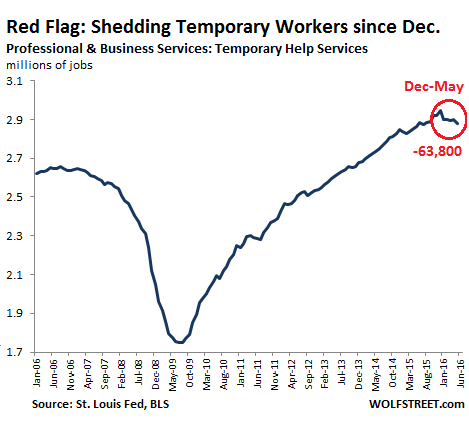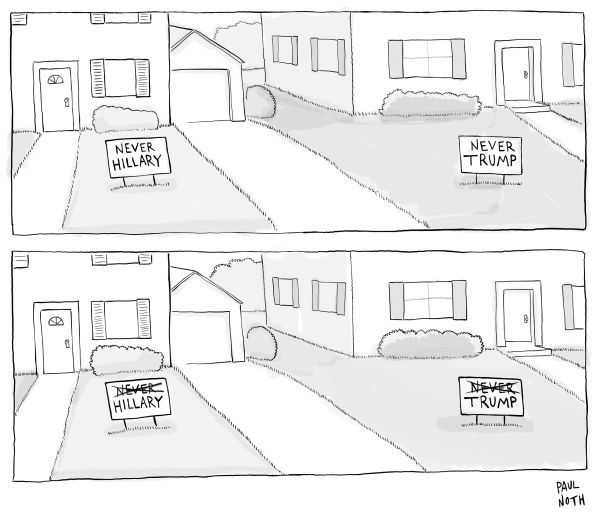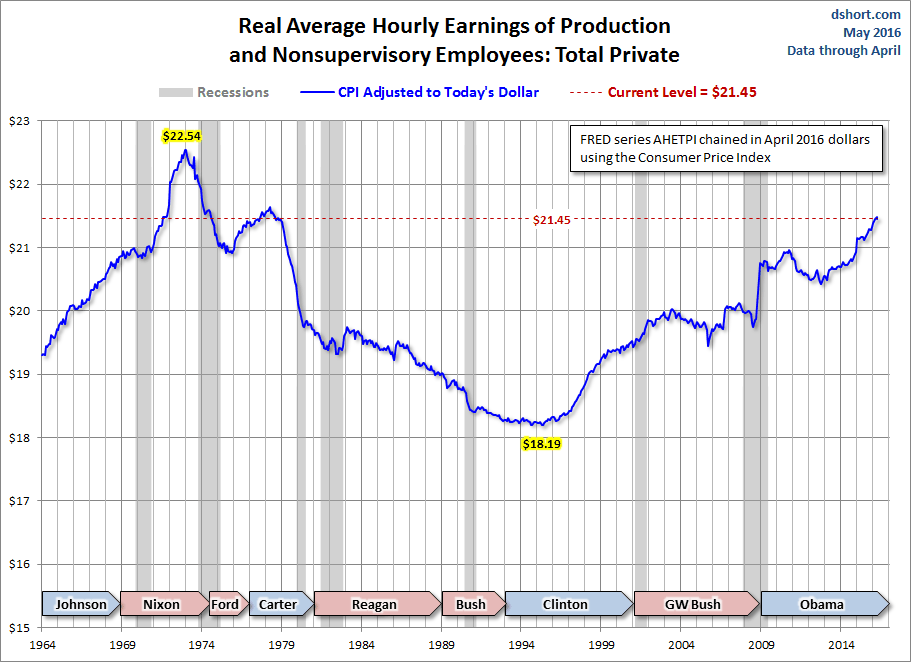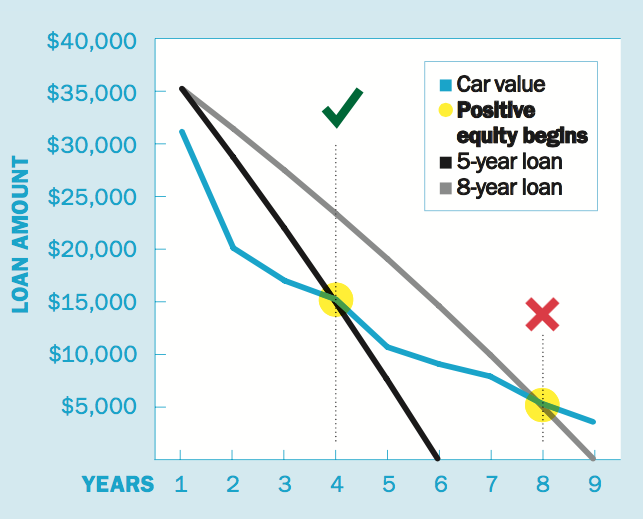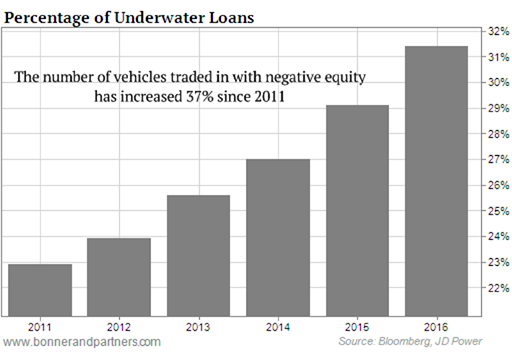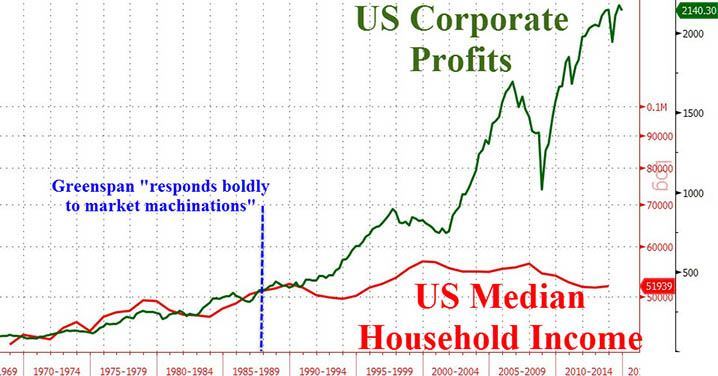We are in a time when a presidential candidate’s personality counts for more than the candidate’s policies. Candidates obfuscate on most policy issues and the media lets them get away with absolutely outrageous declarations of near-facts or outright half-truths.
One policy we must make them nail down explicitly is their jobs policy.
The key to making America great again is adding more jobs. Wrongo is a pest on this subject, but without more jobs, growth in GDP is harder to achieve. Tax revenues are more difficult to grow. People who are idle get into trouble.
The Pant Suit and the Pant Load know this, so they will talk from here to November about adding manufacturing jobs back to cities that lost them starting in the 1970’s. Those jobs are never coming back, but both of them are working hard to convince you they can do it. Consider this, from Parallel Narratives:
We’re now being told by folks who know better that all we need to do to bring those jobs back, to resurrect a future we can believe in, or make America great again, is to elect the outsider politician who is not beholden to elite interests like banks, CEOs and politicians. Unfortunately, that horse has left the barn, those jobs are gone for good…
A great example of a politician braying the “I can bring jobs back” mantra was in Sunday’s NYT business section’s column, “Preoccupations.” In it, a young couple had the option to work from home, so they moved from Austin, TX, that hot-bed of tech, to South Portland ME, not so techie. They work for two different firms from two home offices. Then, they are invited to attend a funds-raiser for a gubernatorial candidate: (emphasis by the Wrongologist)
The candidate raising campaign funds was a hard-working lawyer who seemed genuinely well meaning, but no one had told him that his economic platform of protecting manufacturing jobs and Maine’s traditional industries wasn’t going to fly with an audience of health care professionals, programmers, web designers and researchers…We muttered to each other that this guy didn’t have a place in his platform for people like us, many of whom worked for employers in other states. Our checkbooks stayed in our pockets.
If you hear this kind of BS from the Pant Suit or the Pant Load, your checkbook should also remain hidden.
While the low-wage jobs problem has been around for more than 40 years, America’s politicians are still peddling the same solutions. In fact, a new analysis from the White House’s Council of Economic Advisers (CEA) released Monday shows that only 88% of men ages 25 to 54 are participating in the US workforce. The CEA reports that the US has the third-lowest labor-force participation rate for “prime-age men” among the world’s developed countries. We have done so well that, on a percentage basis, Greece, Slovenia and Turkey all have more men working than the US does. Greece! The decline is concentrated among less educated. Here is a chart:
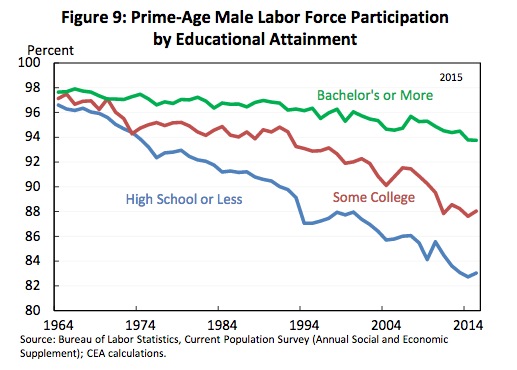
More than 95% of men used to work in 1964, regardless of their educational attainment. Today, you better have at least a bachelor’s degree if you want to be sure you will get a job. But it is worse than that. The CEA said:
In recent decades, less-educated Americans have suffered a reduction in their wages relative to other groups. From 1975 until 2014, relative wages for those with a high school degree fell from over 80% of the amount earned by workers with at least a college degree to less than 60%.
Clinton and Trump would have you believe that the problem is bad trade deals with China, the TPP, or immigration. Trump in particular, is saying that the political elites have knowingly caused this all at the expense of the American worker. There is a modicum of truth to that, but it is the American corporation and the American tax code that is closing out US jobs, and hammering the middle class. American corporations now pay about 11% of our total US taxes, down from about 30% of US taxes in 1960, as jobs (and markets) have moved abroad.
What are the Pant Suit and/or the Pant Load going to do in the face of advancing automation now facing us not just in manufacturing, but also in the service and knowledge industries?
It is time to make the candidates talk about this on the campaign trail.
The basic policy choice we have is to put people to work, or to continue to allow the profit motive to dominate. If the profit motive remains supreme, we will continue our relentless drive to reduce labor costs — by eliminating jobs, or by paying workers less for the same work.
To date, our leaders have chosen the latter path, and we have reaped the results. We have become a land of spreadsheets and flags.

